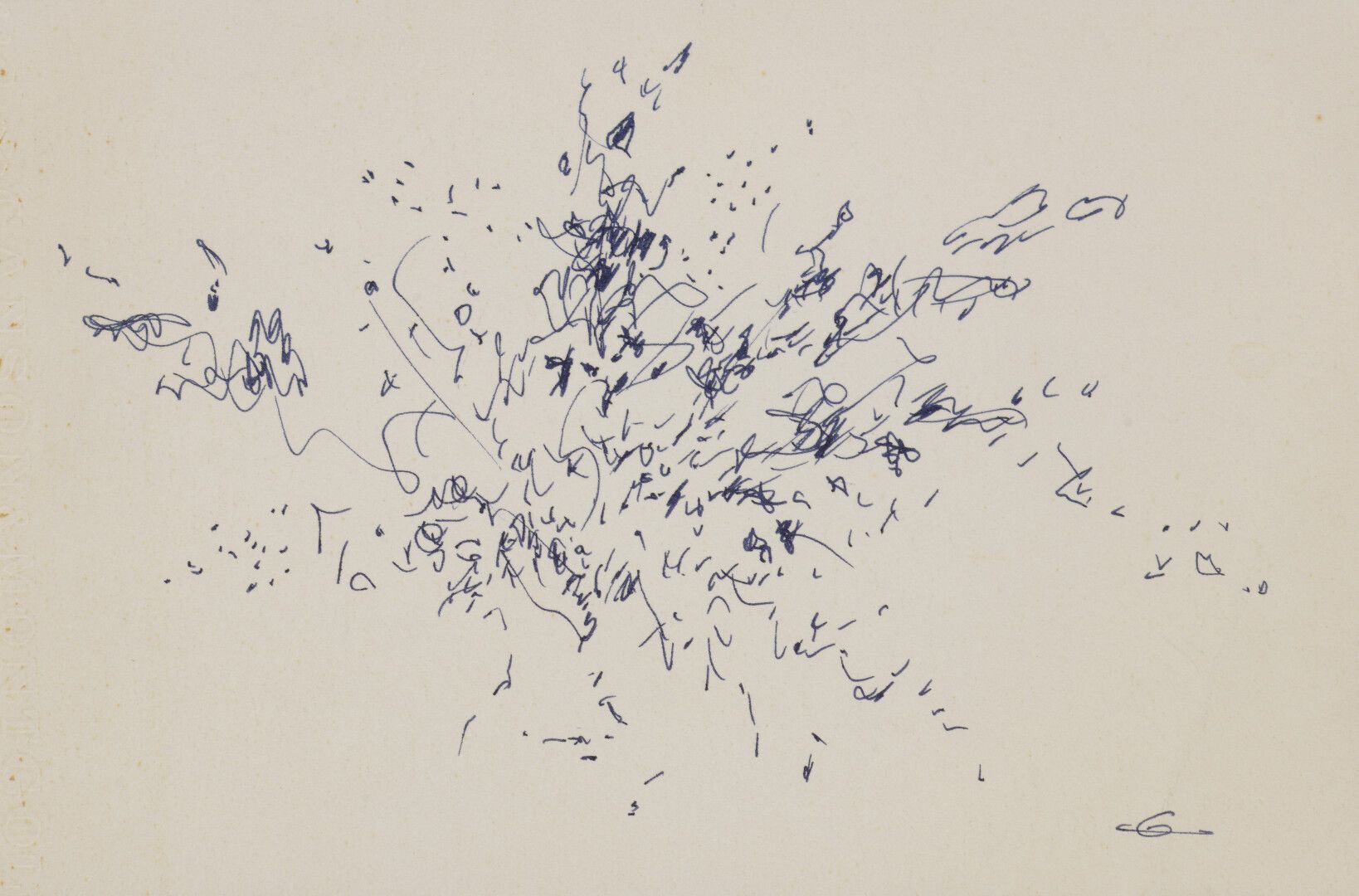Description
Fernando ZOBEL DE AYALA (1924-1984) Interpretation of a landscape by Bonnard Pen with blue ink, monogrammed lower right. lower right. 16 x 24 cm On the same sheet on the reverse of a fold: Fernando ZOBEL DE AYALA (1924-1984) Portrait of Delgado, 1978 Pen on paper, annotated by another hand "Portrait of Delgado, by Fernando Zobel, June 1978. 24 x 16 cm
90
Fernando ZOBEL DE AYALA (1924-1984) Interpretation of a landscape by Bonnard Pen with blue ink, monogrammed lower right. lower right. 16 x 24 cm On the same sheet on the reverse of a fold: Fernando ZOBEL DE AYALA (1924-1984) Portrait of Delgado, 1978 Pen on paper, annotated by another hand "Portrait of Delgado, by Fernando Zobel, June 1978. 24 x 16 cm
You may also like
